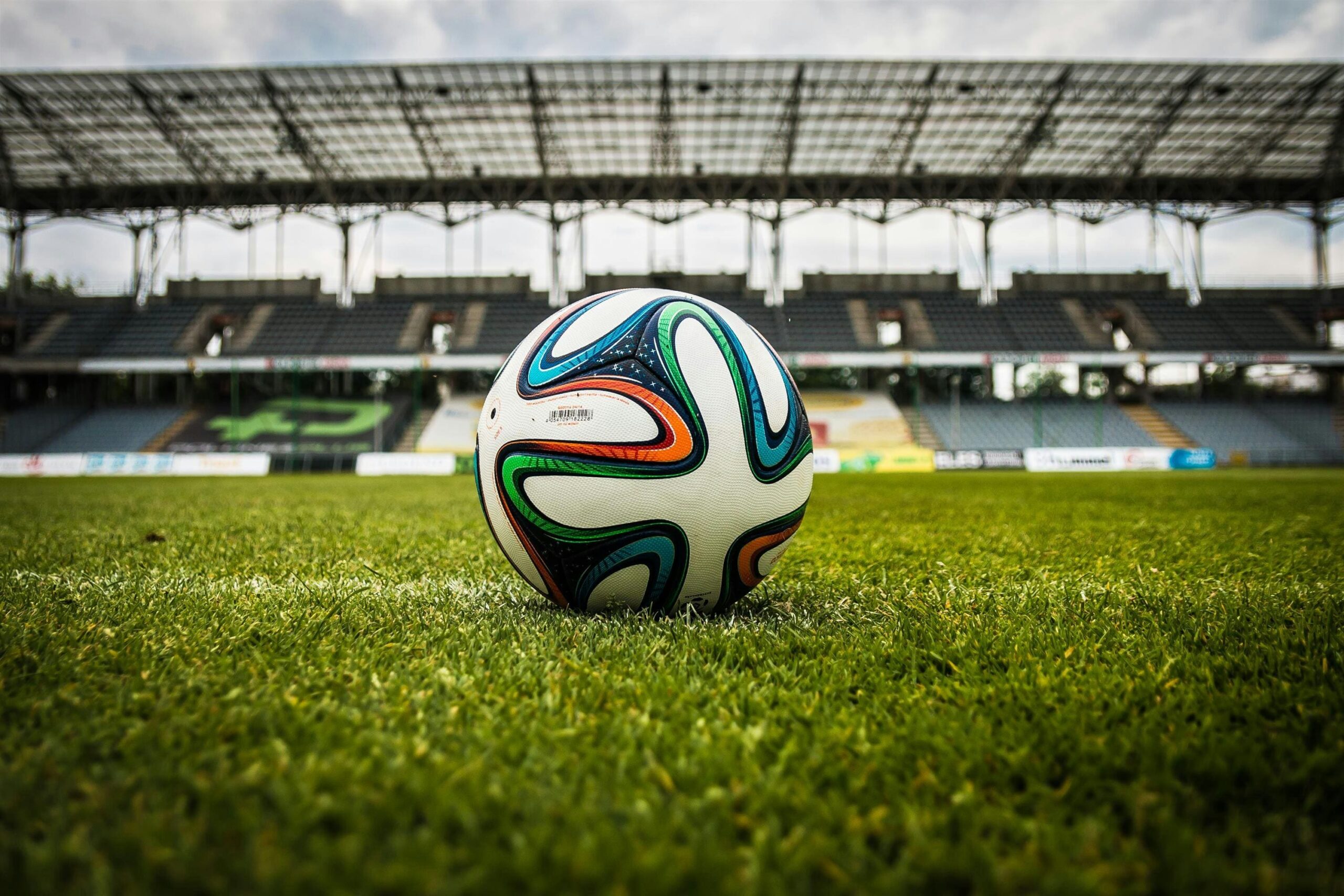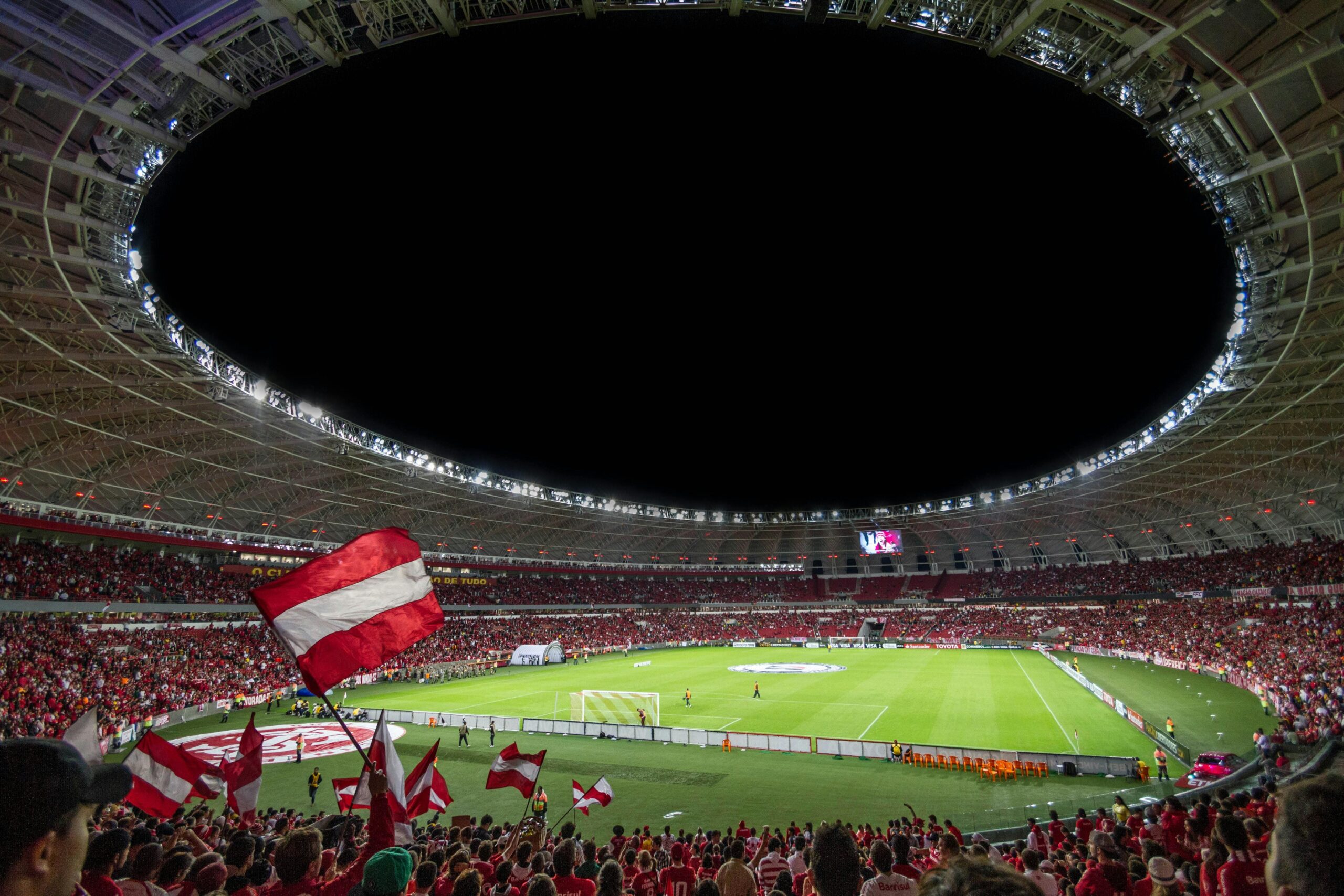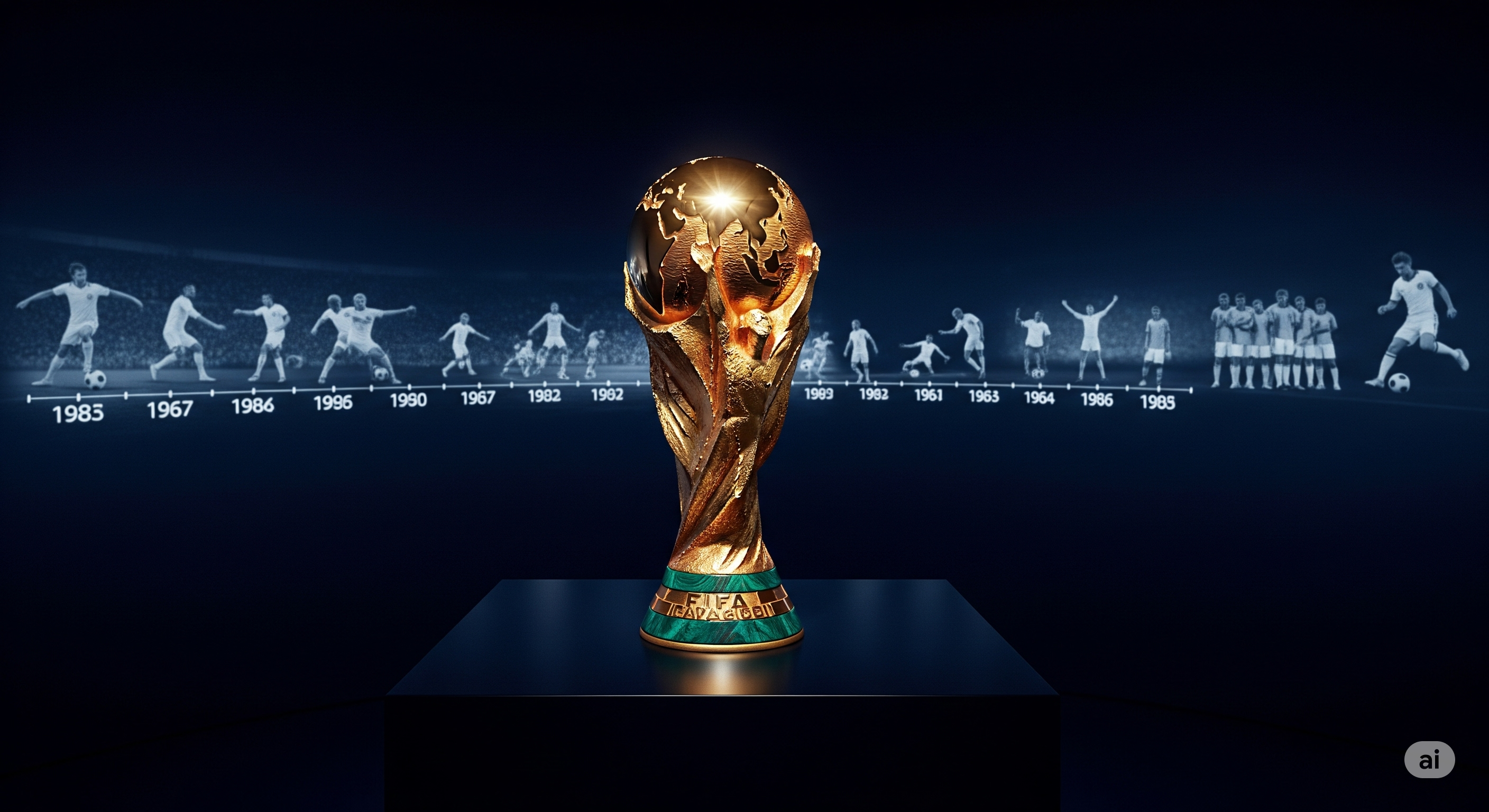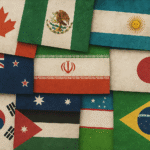Most Competitive Groups in FIFA World Cup 2026
The FIFA World Cup 2026 is set to be the biggest in history, with 48 teams, 104 matches, and three host countries — the USA, Mexico, and Canada. While fans around the world are excited for this global celebration of football, many are already eyeing the most competitive groups in FIFA World Cup 2026. With powerhouse nations, rising stars, and dark horses in the mix, the group stage is expected to deliver drama, intensity, and unforgettable moments.

In this article, we break down the most competitive groups in FIFA World Cup 2026, based on potential team matchups, recent performance, and historical rivalries.
What Makes a Group ‘Competitive’?
Before diving in, let’s define what “competitive” really means in a World Cup context:
- Multiple strong teams in one group
- Balanced competition where any team can qualify
- Clashing football styles and unpredictable outcomes
- High-stakes rivalries and emotional storylines
Now, let’s explore the most competitive groups in FIFA World Cup 2026 based on early predictions and qualified teams.
Group E: France, Senegal, USA, Serbia
This group features a perfect mix of talent, pace, and physicality.
- France, the 2018 champions and 2022 finalists, are loaded with attacking options like Mbappé and Griezmann.
- Senegal, reigning African champions, play aggressive, direct football.
- USA, playing on home soil, brings youthful energy and tactical evolution.
- Serbia, known for their strong midfield and fiery performances, can beat anyone on their day.
✅ This is easily one of the most competitive groups in FIFA World Cup 2026.
Group C: Argentina, Netherlands, Nigeria, South Korea
If this group is drawn, it will set the stage for chaos and brilliance:
- Argentina, the 2022 champions, still boast Messi or his successors.
- Netherlands brings tactical discipline and youth firepower.
- Nigeria, always unpredictable, brings explosive pace and fearless energy.
- South Korea is technically sound and dangerous in transition.
With each team capable of progressing, this group promises tight finishes and surprise outcomes.
Group H: Germany, Japan, Morocco, Ecuador
This group may not look like a “Group of Death” on paper, but look closer:
- Germany, though struggling in recent tournaments, are always a threat.
- Japan, known for their tactical discipline, have upset big teams before.
- Morocco, semifinalists in 2022, are now among the top teams globally.
- Ecuador plays with South American flair and physical strength.
Every match here will be a battle, making it one of the most competitive groups in FIFA World Cup 2026.
Group G: Brazil, Switzerland, Ghana, Ukraine
Brazil leads this group with legendary status, but:
- Switzerland has consistently reached the knockout stages in recent tournaments.
- Ghana and Brazil have shared World Cup history and emotional moments.
- Ukraine, if qualified, could play inspired football, backed by passionate fans.
This group has depth and emotion, perfect ingredients for competitiveness.
How the New Format Adds More Competition
With 12 groups of 4 teams each in FIFA 2026, only the top 2 teams + best third-placed teams will qualify for the Round of 32. This format adds pressure:
- Teams must perform well in all 3 matches.
- Goal difference and head-to-heads become crucial.
- There is no room for error.
That’s why we’ll likely see more competitive groups in FIFA World Cup 2026 than in any previous edition.
Final Thoughts
From star-studded teams to tactical surprises, the group stage in FIFA 2026 will be unforgettable. As fans, we live for those tight 1-1 draws, last-minute winners, and shocking exits. The most competitive groups in FIFA World Cup 2026 will deliver all of that—and more.
Bookmark this article and stay updated as the official draw approaches. The road to football glory is going to be intense, and it all begins with the group stage.
Most Competitive Groups in FIFA World Cup 2026
With the FIFA World Cup 2026 bringing in a historic expansion to 48 teams and 104 matches, the group stage is expected to be more exciting—and unpredictable—than ever. The new format divides teams into 12 groups of 4, which means more matchups, more drama, and more chances for underdogs to shock the world.
But among all these groups, which ones are shaping up to be the most competitive and intense?
Let’s dive into the most competitive groups of FIFA World Cup 2026, based on qualified teams, recent form, player rosters, and past World Cup history.
1. Group E: France, Senegal, USA, Serbia
This group feels like a ticking time bomb.
- France is always a top contender, with players like Mbappé, Griezmann, and a deep bench.
- Senegal, current African champions, boast top talent like Sadio Mané and Kalidou Koulibaly.
- USA, playing on home soil, has a new generation of young stars hungry for global recognition.
- Serbia is unpredictable and aggressive, capable of stealing points from anyone.
✅ Why it’s competitive:
All four teams have attacking firepower and solid defensive lines. No match in this group will be easy, and qualification could come down to goal difference.

2. Group H: Germany, Japan, Morocco, Ecuador
A true mix of styles and histories:
- Germany will look to redeem themselves after disappointing campaigns in 2018 and 2022.
- Japan keeps getting better every World Cup and plays fast, fluid football.
- Morocco shocked the world by reaching the 2022 semi-finals and remains a team no one wants to face.
- Ecuador always brings South American grit and youth energy.
✅ Why it’s competitive:
There’s no weak link. All four teams have proven themselves on the world stage, making this a true “Group of Death.”
3. Group C: Argentina, Netherlands, Nigeria, South Korea
If this draw becomes official, brace for fireworks.
- Argentina, the 2022 champions, still led by Lionel Messi or his successors.
- Netherlands is tactically sharp and always a World Cup threat.
- Nigeria is fast, unpredictable, and passionate—exactly what makes group stages thrilling.
- South Korea blends discipline with moments of brilliance (remember their shock win vs Germany in 2018?).
✅ Why it’s competitive:
All four teams can qualify. All four can crash out. The margins will be razor-thin.
4. Group G: Brazil, Switzerland, Ghana, Ukraine
A group rich in history and rivalry:
- Brazil, the five-time champions, are always fan favorites.
- Switzerland has been consistent and difficult to beat in recent tournaments.
- Ghana and Brazil share memorable past battles and Ghana always plays with fierce determination.
- Ukraine, if qualified, will play with heart and unity.
✅ Why it’s competitive:
Every team here has something to prove, and matches could be decided in the final minutes.
What Makes a World Cup Group “Competitive”?
It’s not just about famous names or FIFA rankings. A competitive group has:
- Multiple teams capable of qualifying
- Clashing football styles
- Unpredictable results
- High emotional stakes
And that’s exactly what many of these groups offer in 2026.
FIFA 2026’s New Format = More Drama
With 48 teams and 12 groups, even the third-placed teams could advance (depending on format finalization). This means:
- Teams must go hard in every match.
- No game is a throwaway.
- Goal difference and discipline points may decide who moves forward.
That only adds to the competitiveness across the board.
Conclusion: A Group Stage for the Ages
The FIFA World Cup 2026 group stage promises to deliver everything fans love—drama, upsets, rivalries, and last-minute goals. Whether it’s tactical battles between European powerhouses or explosive showdowns between Africa and South America, the most competitive groups will have football fans worldwide glued to their screens.








